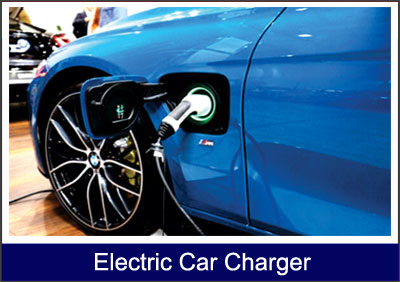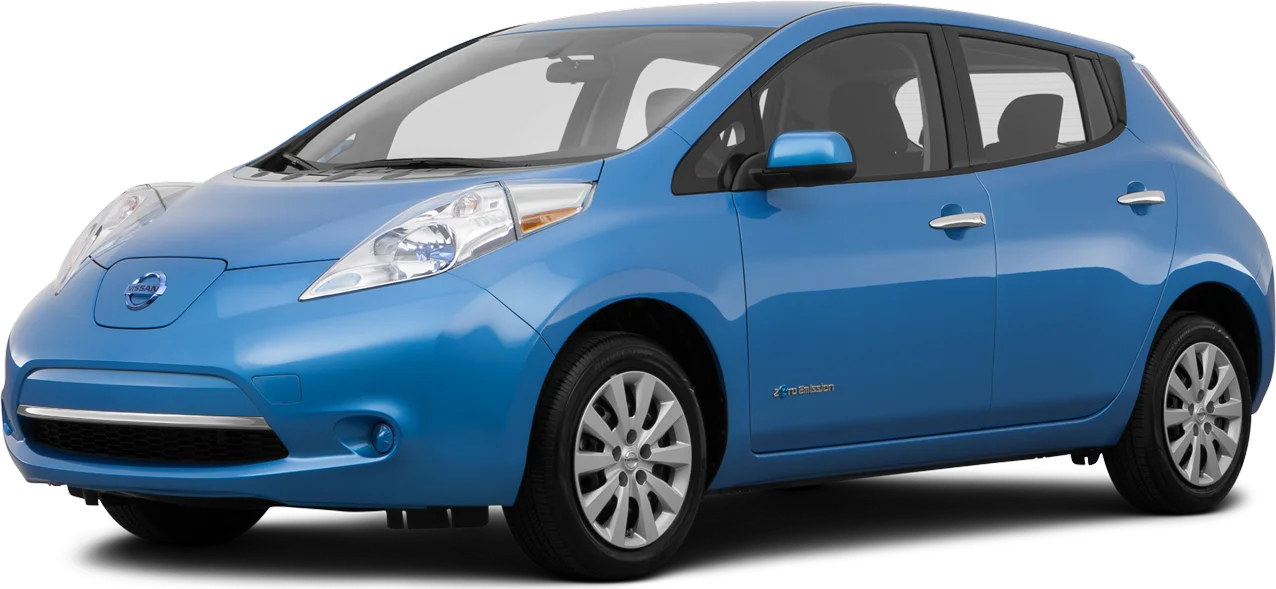Electric Vehicle (EV) Charger Installation
How does an electric vehicle car charger work? Did you know your charger is actually inside the vehicle? That’s right, inside your car is the equipment to take the AC power from your wall outlet and convert it to DC power so your battery pack can be charged. The box that’s inside your house is technically called an electric vehicle service equipment or EVSE. What does it do? Well it safely connects an electric car to a 110 volt or 240 volt source of electricity. It’s the same way your phone charger works. It takes a massive amount of power from the wall, and safely converts it to something more usable.

About Electric Vehicle Chargers
Driving an electric vehicle (EV) means you won’t have to visit the gas station very often, or at all. You can charge your car conveniently at home or at a growing number of charging stations at Ontario malls, restaurants, hotels and workplaces.
Level 1 vs. Level 2 charging
The two most common types of residential electric vehicle–charging stations on the market are Level 1 and Level 2 charging stations. (Level 3 exists but is not typically used in personal homes at this point.) Level 1 charging typically comes with your vehicle and is less powerful than a Level 2 charging station, which is purchased separately.
Level 3 charging stations (also known as Direct Current Fast Chargers or DCFC) use a 480 volt system and can charge a vehicle to 80 per cent in about 30 minutes. These stations allow EV drivers to charge their vehicles about eight times faster than Level 2 charging stations, making longer trips more feasible for EV drivers.

Installing an Electric Vehicle Charging Station
As EVs become increasingly popular among Ontarians, charging stations are being installed in residential, commercial and industrial locations across the province.
If you are planning to install an EV charging station, here are some important steps to follow: Make sure the installer takes out a permit with the Electrical Safety Authority (ESA) prior to starting the installation. Installation is required to be done by a Licensed Electrical Contractor in compliance with the Ontario Electrical Safety Code. Confirm that all equipment is certified for use in Canada by a nationally recognized certification agency – CSA, cUL, cETL – or displays other certification marks approved by ESA.
Electric Vehicle (EV) Installation and Service
Over the past few decades, Electric Vehicles have gained popularity due to the environmental impact of the petroleum-based transportation infrastructure and the high cost of gas. Apart from the environmental benefits of EV’s, charging with electricity is not only cleaner, it’s a lot less expensive.